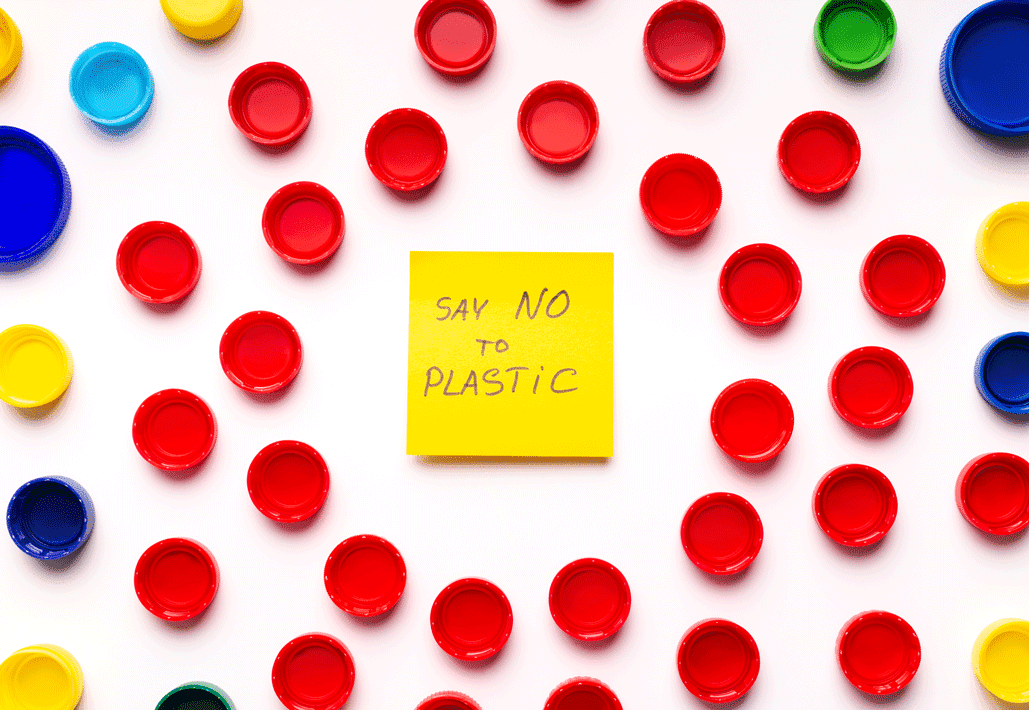Invisible plastic particles from toothbrushes, candy wrappers and toys are everywhere:
– In our clothes
– In the Mariana trenches
– In the human blood stream
Microplastics penetrate biological barriers such as intestines, skin and placental tissue. All of us are now part plastic. The main question is: how concerned should we be and how can we minimize our exposure?
What do the experts say?
In an article published by “The Guardian”, Stephanie Wright, an environmental toxicologist at Imperial College, London, points out that the lack of epidemiological and human data means that the harmful effects of microplastics are still unknown.
It goes on to add that minimizing exposure to microplastic particles in general is beneficial.
Microplastics in food and drink
Processed and packaged foods and beverages are high sources of microplastics. However, the decomposition of plastic increases when the containers are exposed to heat.
It is important to avoid heating food in plastic, as well as using water in plastic bottles.
How to clean and use plastic at home?
As “The Guardian”writes, Mark Taylor, chief environmental scientist at the Environment Protection Authority in Victoria, points out that avoiding plastic completely is impossible, but minimizing unnecessary uses is essential.
It goes on to say that fruit wrapped in plastic is unnecessary, while plastic heart valves are essential. It is also important to use furniture and clothes with natural fibers, as well as glass instead of plastic in the kitchen.
Expert opinion on microplastics and health
Malcolm Hudson, assistant professor of environmental science at the University of Southampton, suggests that panic over current exposure to microplastics is unnecessary. It encourages efforts to stop the further accumulation of plastic on the planet.
Hudson points out that as the environment continues to be polluted, health risks will increase over time due to the sheer volume of microplastics and the toxicity of older particles. Additionally, it recommends avoiding roads with heavy traffic to reduce exposure to pollution.
In conclusion, to reduce exposure to microplastics and protect our health, there are some general suggestions you can follow. These include minimizing the use of plastic, especially in relation to food and water, and considering the use of natural products instead of synthetic ones when possible. It is also important to educate ourselves and make informed decisions to reduce our exposure to microplastics and help preserve our overall health and environment.






